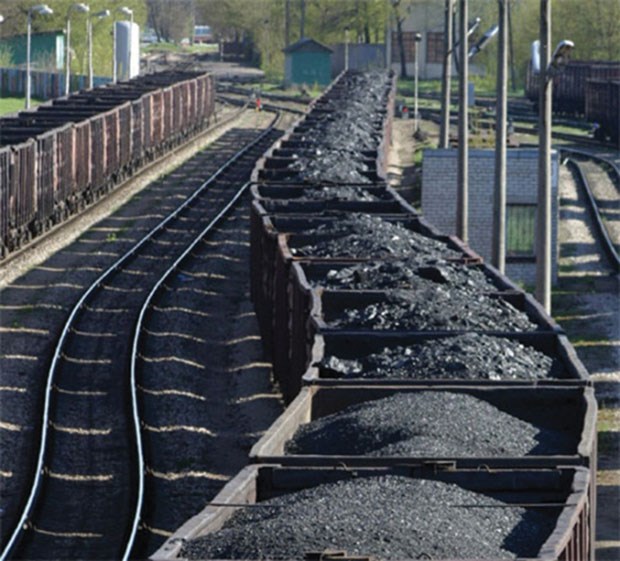The latest results of Delta's coal dust monitoring program have once again shown concentrations below allowable limits in residential areas.
The one-year monitoring program, which began this February and has seen samples taken at five locations every few months, revealed the highest amounts of coal dust were, not surprisingly, at sites near rail tracks.
None of the samples exceeded the B.C. Air Quality guidelines for total dustfall in a residential area, although there are no specific guidelines when it comes to coal.
The results also revealed a seasonal variation in the amount of coal dust. As well, the sample sites, near John Oliver Park and Boundary Bay Airport showed the majority of particles were larger than 10 microns in size. Particles less than 10 microns in size are a specific health concern as they have greater potential to enter the respiratory system.
Delta will undertake one more round of sampling next month.
A recent staff report to Delta council notes the scope of the dustfall sampling is limited, which is one of the reasons why Metro Vancouver was also asked to participate in a study to collect more information on airborne particulate.
The regional district is currently conducting its own particulate monitoring at four locations in Delta, assessing concentrations of inhalable particulate less than 10 microns in diameter. Those results are expected in early 2015.
"The particulate monitoring study being conducted by Metro Vancouver is more complex than the Delta study; real-time, continuous monitoring is being performed and there is an attempt to determine if a correlation exists between particulate levels and the passage of trains in the vicinity of the sampling locations," the report notes.
A University of B.C. student, meantime, is also conducting a study of emissions from rail transportation at John Oliver Park. Those results are also expected early next year.
While those tests are going on, Westshore Terminals has its own dustfall and particulate monitoring equipment sampling a number of locations around Delta. None of those results had numbers exceeding provincial guidelines. During a discussion about coal dust at a Delta council meeting last month, Coun. Ian Paton said, "We have to keep on top of Westshore. They spent $7.3 million on a new irrigation system that covers the coal pile to keep the dust down and it's important for us to keep on them that their system is fully operational, working properly 365 days a year, so that we mitigate as much as possible any dust that could be blowing off the pile at Roberts Bank."
The results of Delta's sampling will go to the Independent Interagency Review Committee, set up by the municipality due to concern about the planned coal handling facility at Fraser Surrey Docks.
That committee wants the regional district to confirm it will require an air quality permit for the coal transfer facility. Fraser Surrey Docks has agreed to comply for now, but has gone to court to challenge Metro Vancouver's authority over emissions within Port Metro Vancouver's jurisdiction.
Prior to the project's approval this year, Port Metro Vancouver announced certain requirements for the Fraser Surrey Docks facility, including the prohibition of on-site storage of coal and requirements for barges to take additional measures to prevent coal dust escaping.



